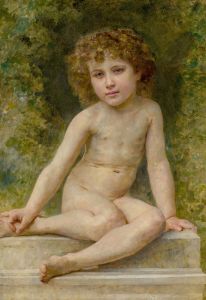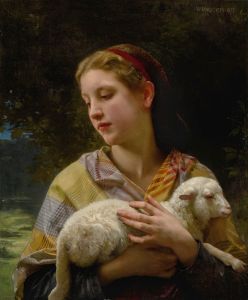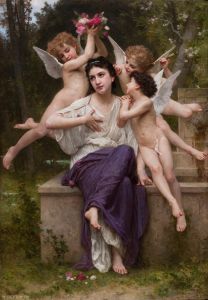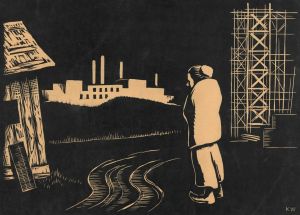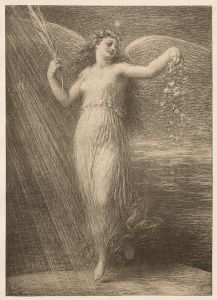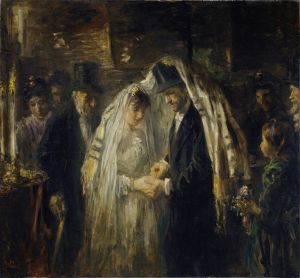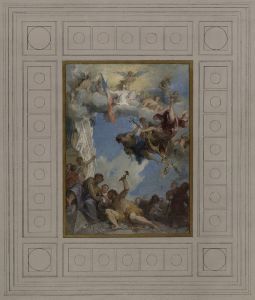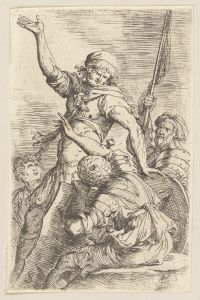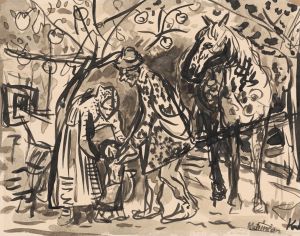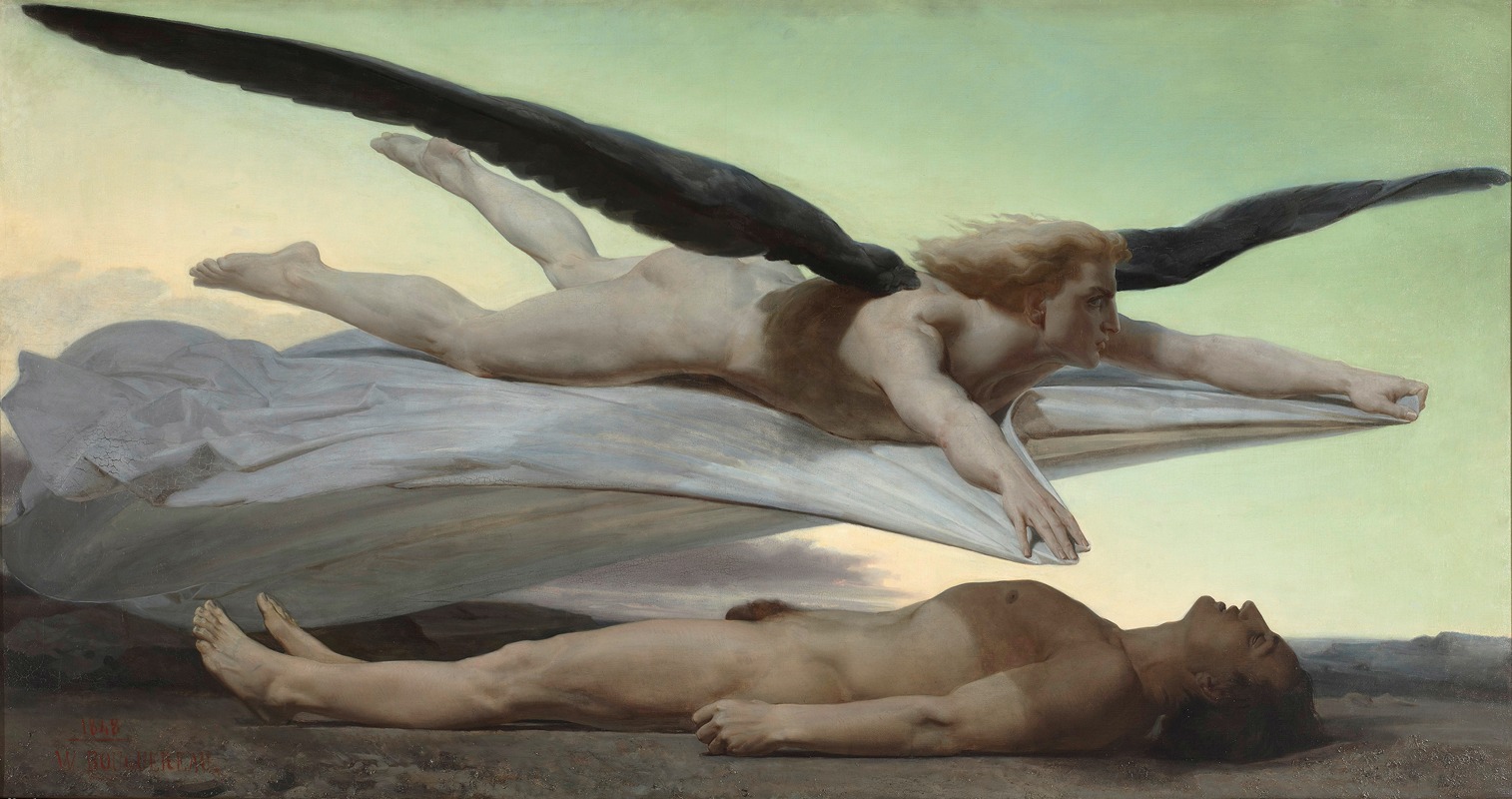
Equality Before Death
A hand-painted replica of William Bouguereau’s masterpiece Equality Before Death, meticulously crafted by professional artists to capture the true essence of the original. Each piece is created with museum-quality canvas and rare mineral pigments, carefully painted by experienced artists with delicate brushstrokes and rich, layered colors to perfectly recreate the texture of the original artwork. Unlike machine-printed reproductions, this hand-painted version brings the painting to life, infused with the artist’s emotions and skill in every stroke. Whether for personal collection or home decoration, it instantly elevates the artistic atmosphere of any space.
"Equality Before Death" is a painting by the renowned French artist William-Adolphe Bouguereau, completed in 1848. Bouguereau, a prominent figure in the academic art movement, was known for his realistic genre paintings and his skillful use of the human form. This particular work is a poignant reflection on the theme of mortality, a subject that has been explored by many artists throughout history.
The painting depicts a young woman lying lifeless on a stone slab, her body draped in a white shroud. Her serene expression and the careful rendering of her features highlight Bouguereau's mastery of anatomy and his ability to convey emotion through his subjects. The stark contrast between the pale figure and the dark, somber background serves to emphasize the central theme of the painting: the inevitability of death and its impartial nature.
"Equality Before Death" was created during a period of significant social and political upheaval in France. The year 1848 was marked by widespread revolutionary movements across Europe, including the French Revolution of 1848, which sought to challenge the existing social and political order. In this context, Bouguereau's painting can be seen as a commentary on the universal nature of death, transcending social class and status. The title itself suggests that death is the great equalizer, affecting all individuals regardless of their position in society.
Bouguereau's work was often characterized by its technical precision and classical influences, drawing inspiration from Renaissance and Baroque masters. In "Equality Before Death," these influences are evident in the composition and the idealized portrayal of the human form. The painting reflects Bouguereau's commitment to the academic tradition, which emphasized meticulous attention to detail and adherence to classical aesthetics.
The painting was exhibited at the Paris Salon of 1848, an important venue for artists of the time to showcase their work to the public and gain critical recognition. Bouguereau's participation in the Salon helped establish his reputation as a leading artist of his generation. Despite the changing tastes in art during the late 19th century, Bouguereau remained a popular and influential figure, admired for his technical skill and his ability to capture the beauty and complexity of the human experience.
"Equality Before Death" remains a significant work in Bouguereau's oeuvre, exemplifying his approach to art and his engagement with timeless themes. The painting continues to be studied and appreciated for its artistic merit and its exploration of the human condition. Bouguereau's ability to convey profound themes through his art has ensured his lasting legacy in the history of Western art.





